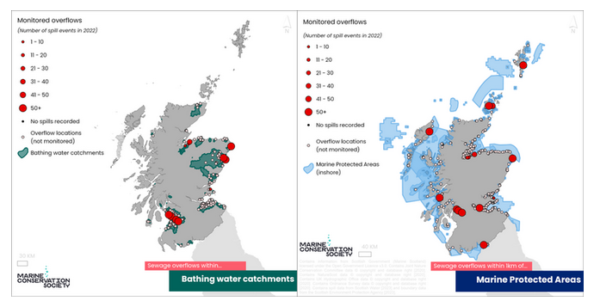The privately owned companies have apologised for the amount of contaminated water being discharged into rivers and seas, amid mounting public anger over the practice. Ruth Kelly, the organisation’s chair, told BBC News: “We’re sorry about the upset and the anger from the fact that there have been overspills of untreated sewage onto beaches and into rivers over the past few years. “We’re sorry that we didn’t act sooner, but we get it.”
Musician and environmental campaigner Feargal Sharkey called it a “half apology” that was another attempt to extract more money from customers. “What I am actually hearing is no apology for the fact we have paid them for a service we haven’t got, they are now suggesting we pay them a second time for a service we haven’t had,” he told BBC Radio 4’s Today programme. “We should have an apology for the suggestion they are going to put bills up by £10bn for their incompetence and their greed. This is nothing to celebrate.”
Environment Agency chairman Alan Lovell welcomed the companies’ apology but said he wanted to “see action and a clear plan for delivery”.
Surfers Against Sewage (SAS) welcomed “the long overdue apology” but said the investment should not be paid for through higher bills. “The UK public has already paid for environmental protection from sewage – but we’re yet to see it. And whilst the water industry rakes it in, this investment pledged by Water UK must come out of water company profits, not from the bill payer,” said Izzy Ross, campaigns manager at SAS.
Windrush Against Sewage Pollution (Wasp) said that promise was “meaningless” unless the volume being spilled is also reduced. Currently, water companies are only required to monitor if a spill is happening but not how much is released.
To read more reactions and view an interactive map of storm overflows in England in 2022 click here. Sewage discharges by Welsh Water are reported here.
In Scotland, the Marine Conservation Society has recently published an analysis of Scottish Water data on just 3.4% of sewage overflows. This shows pollution happening in close proximity to areas of conservation and bathing waters, threatening key habitats and ecosystems. To read more click here
